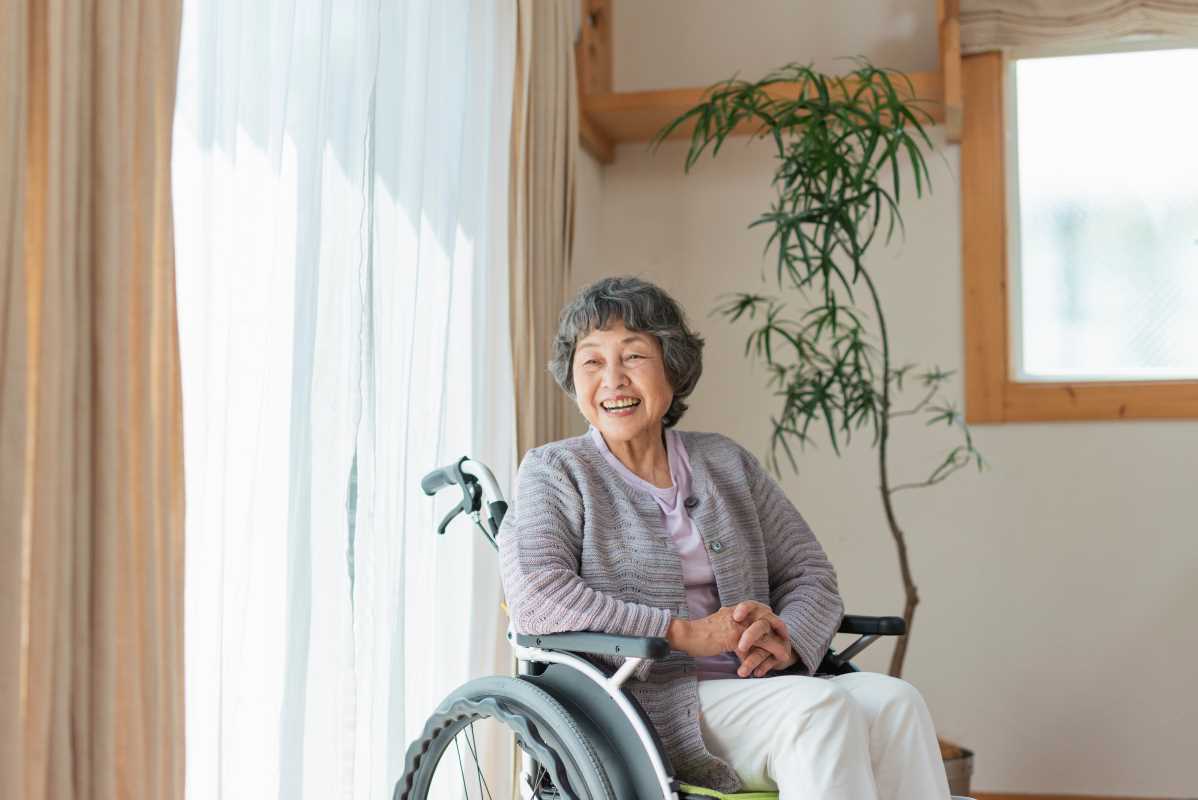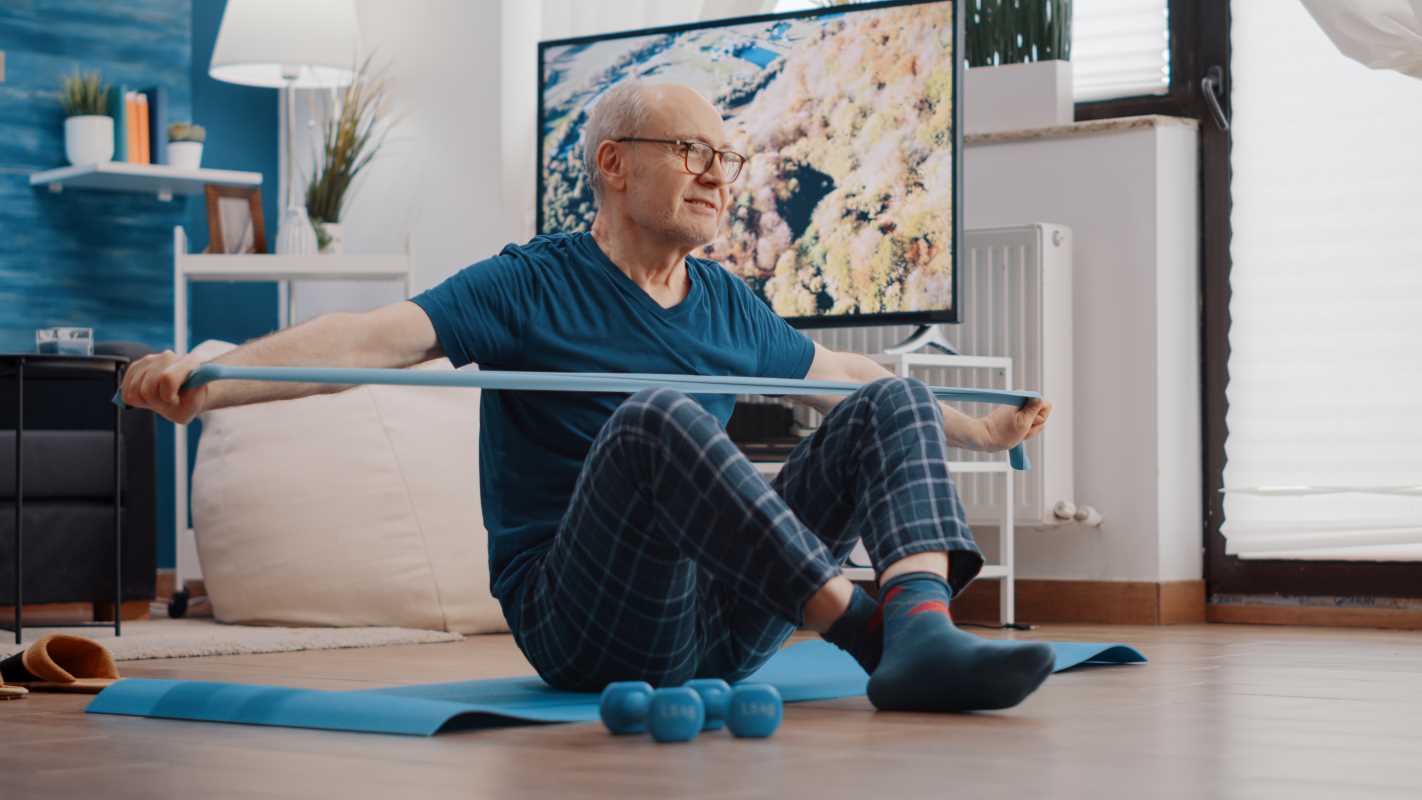Consider the power of conveying your deepest emotions without speaking a word. Art therapy makes this possible, offering a unique space to visually explore your innermost thoughts and feelings. Whether you're sketching in a notebook or painting vibrant scenes on a canvas, these artistic endeavors infuse your life with a tranquility and fulfillment that's often missing from daily routines. By delving into your creative side, art therapy not only nurtures your imagination but also guides you toward a state of calm and heightened wellbeing, creating a much-needed oasis amidst the chaos of everyday life.
What is Art Therapy?
- Expressive Technique: Uses creative processes like drawing, painting, and sculpting to help individuals express emotions.
- Therapeutic Goals: Aims to improve mental, emotional, and physical well-being.
- Professional Guidance: Trained art therapists conduct the creative process.
- Personal Insight: Encourages self-reflection and personal growth through artistic expression.
- Versatile Application: Addresses a variety of issues, including stress, anxiety, depression, and trauma.
Benefits of Art Therapy for Wellbeing
Art therapy offers a multitude of benefits that contribute to overall wellbeing. By engaging in creative activities, individuals experience a reduction in stress levels and an increase in self-esteem. The process of creating art provides a distraction from negative thoughts and allows for a healthier expression of emotions.
Art therapy creates a sense of accomplishment and purpose. Completing an art project, no matter how simple, boosts confidence and motivation. This positive reinforcement encourages individuals to pursue other aspects of personal development, further enhancing their mental and emotional health.
How Creativity Enhances Mental Health
- Emotional Release: Creating art allows for the safe expression of feelings that might be difficult to verbalize.
- Stress Reduction: The focus required in artistic activities helps divert attention from stressors, promoting relaxation.
- Problem-Solving Skills: Engaging in creative processes enhances the ability to think outside the box and approach challenges from different angles.
- Mindfulness: Art-making encourages being present in the moment, which is a key component of mindfulness practices.
- Social Connection: Participating in group art therapy sessions builds a sense of community and support.
Art Therapy Techniques to Try at Home
You don't need to be an artist to benefit from art therapy. Here are some simple techniques you can incorporate into your daily routine:
- Journaling with Doodles: Combine writing with sketching to explore your thoughts and feelings.
- Coloring: Use coloring books or free-form drawing to relax and focus your mind.
- Collage Making: Create collages using magazine cutouts or personal photos to visualize your goals and dreams.
- Clay Modeling: Manipulate clay or playdough to release tension and improve motor skills.
- Photography: Capture images that represent your emotions or daily experiences to gain new perspectives.
Finding Calm Through Artistic Expression
Artistic expression serves as a powerful tool for finding tranquility in a chaotic world. By immersing yourself in creative activities, you create a personal sanctuary that promotes relaxation and mental clarity. Exploring different mediums and techniques helps you discover what brings you the most peace.
Art therapy enhances mental health and wellbeing by fostering self-discovery and healing, making it a versatile tool for improving quality of life.
 (Image via
(Image via





